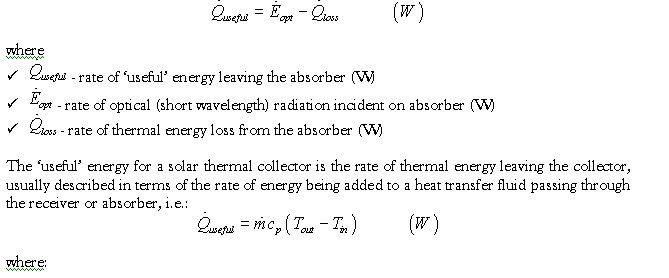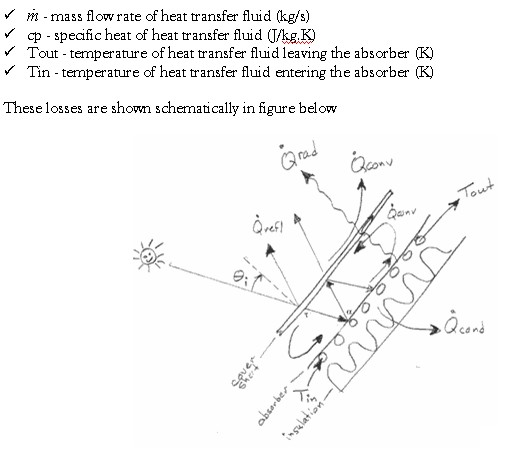If a radiation-emitting object meets the physical characteristics of a black body in thermodynamic equilibrium, the radiation is called blackbody radiation. Planck’s law describes the spectrum of blackbody radiation, which depends only on the object’s temperature. Wien’s displacement law determines the most likely frequency of the emitted radiation, and the Stefan–Boltzmann law gives the radiant intensity
Planck’s Radiation Law – The primary law governing blackbody radiation is the Planck Radiation Law, which governs the intensity of radiation emitted by unit surface area into a fixed direction (solid angle) from the blackbody as a function of wavelength for a fixed temperature. The Planck Law can be expressed through the following equation.
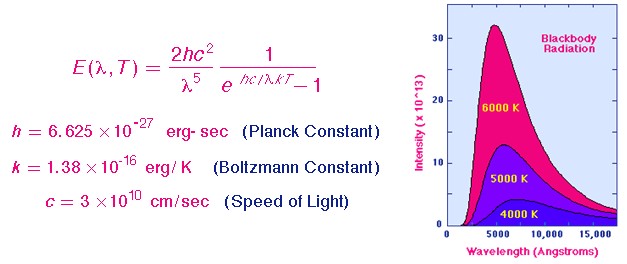
The behavior is illustrated in the figure shown above. The Planck Law gives a distribution that peaks at a certain wavelength, the peak shifts to shorter wavelengths for higher temperatures, and the area under the curve grows rapidly with increasing temperature.
The Wien and Stefan-Boltzmann Laws – The behavior of blackbody radiation is described by the Planck Law, but we can derive from the Planck Law two other radiation laws that are very useful. The Wien Displacement Law, and the Stefan-Boltzmann Law are illustrated in the following equations.
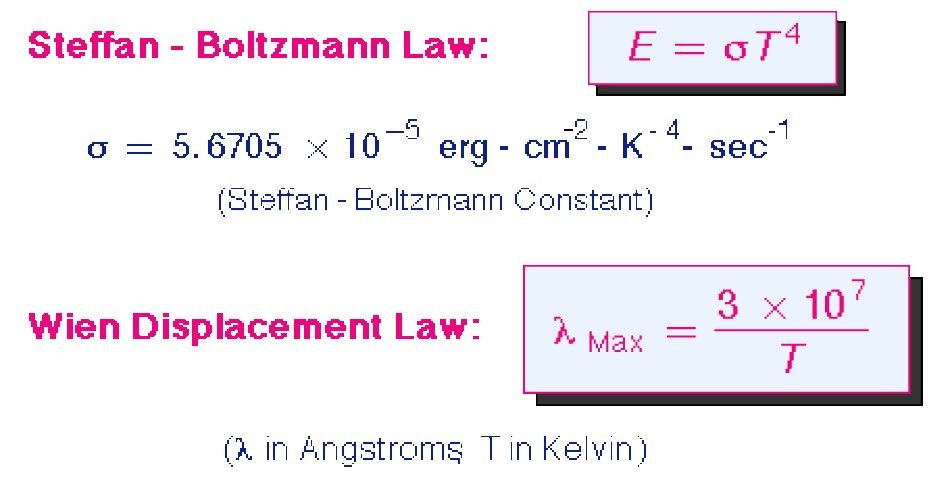
The Wien Law gives the wavelength of the peak of the radiation distribution, while the Stefan-Boltzmann Law gives the total energy being emitted at all wavelengths by the blackbody (which is the area under the Planck Law curve). Thus, the Wien Law explains the shift of the peak to shorter wavelengths as the temperature increases, while the Stefan-Boltzmann Law explains the growth in the height of the curve as the temperature increases. Notice that this growth is very abrupt, since it varies as the fourth power of the temperature.
The following figure illustrates the Wien law in action for three different stars of quite different surface temperature. The strong shift of the spectrum to shorter wavelengths with increasing temperatures is apparent in this illustration.
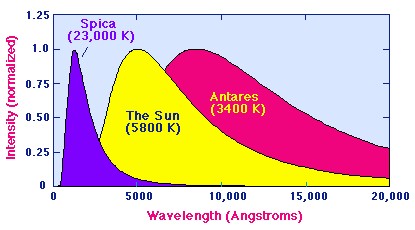
For convenience in plotting these distributions have been normalized to unity at the respective peaks; by the Stefan-Boltzmann Law, the area under the peak for the hot star Spica is in reality 2094 times the area under the peak for the cool star Antares.
Radiation Heat Transfer between Real Bodies
To perform an energy balance on a solar thermal collector, one usually isolates the surface that absorbs the incoming radiation, and balances energy inflow and outflow to and from it. In a flat-plate collector, this is called the ‘absorber plate’ and for a concentrating collector, it is often called the ‘receiver’. In subsequent chapters we will describe many details of construction, surfaces for each type of collector, but for now, this is not important. The energy balance on a solar collector absorber or receiver can be written as;
